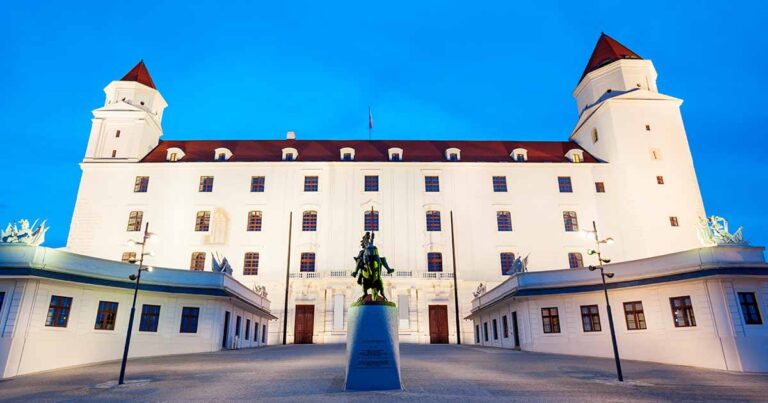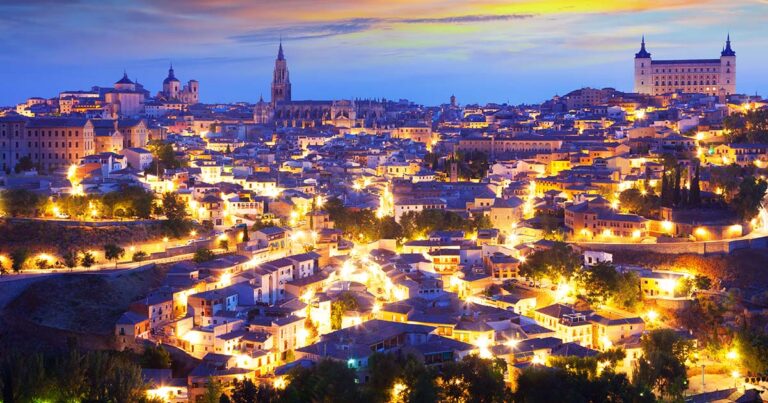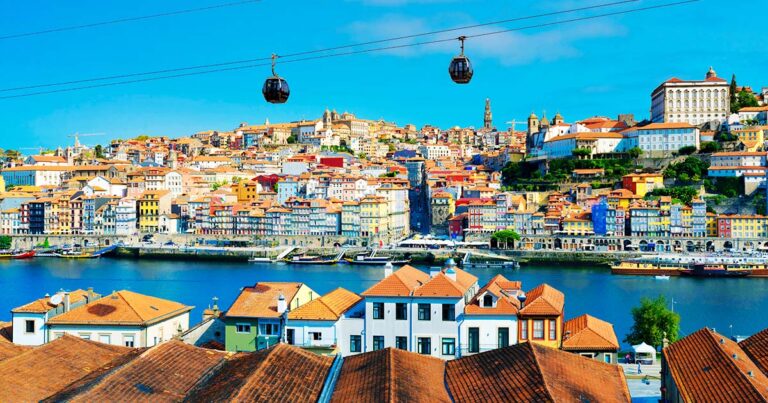Ah, Rome, the Eternal City, where history and modernity embrace in a passionate tango. From the grandeur of ancient ruins to the charm of cobbled streets, Rome weaves a captivating tale that beckons travelers from around the world. Let’s delve into the heart of this remarkable city, where each corner seems to whisper stories of ages past.
A Stroll Through History: Nestled in the heart of Italy, Rome stands as a testament to millennia of civilization. From its legendary founding by Romulus and Remus to the rise and fall of the Roman Empire, this city has witnessed it all. Today, its historic center is a UNESCO World Heritage site, offering an immersive journey into the past.
Cultural Kaleidoscope: Rome’s rich cultural heritage is as diverse as it is vibrant. Every facet reflects the city’s multifaceted soul, from art to architecture, fashion to cuisine. The Italian passion for life is palpable, whether you’re admiring Michelangelo’s masterpieces or savoring a mouthwatering plate of pasta.
Location and Climate: In central Italy, Rome enjoys a Mediterranean climate. Spring (April to June) and fall (September to November) are the best times to visit, with pleasant temperatures and fewer crowds. Summers can be sweltering, while winters are mild. Expect daytime temperatures around 15-25°C (59-77°F) during spring and fall.
Recommended Duration: To truly soak in Rome’s essence, plan on spending at least 4-5 days. This allows ample time to explore its iconic landmarks and hidden gems without feeling rushed.
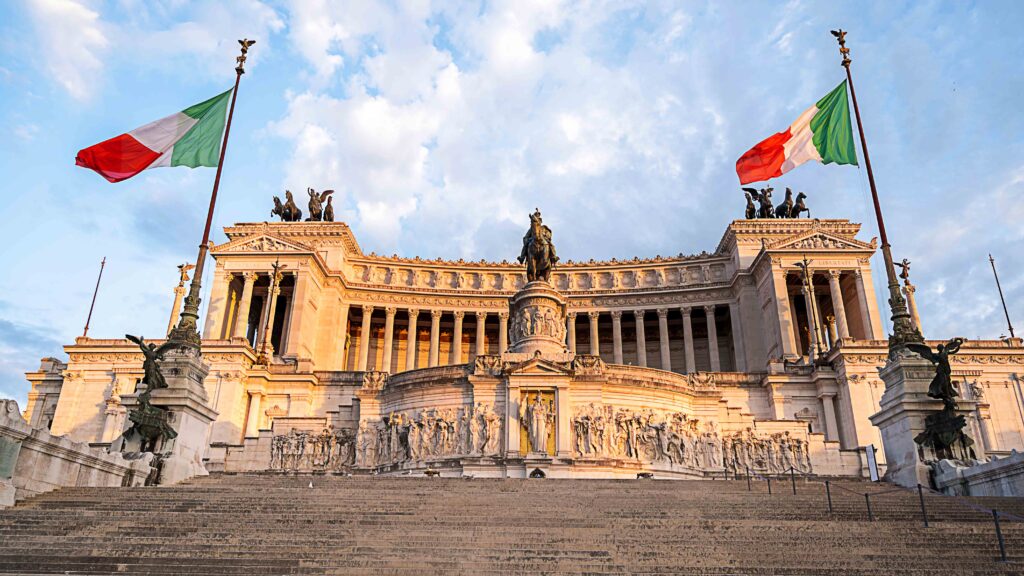
Alicante’s culture is an eclectic fusion of traditions, celebrations, and gastronomy. The city’s locals, known as “Alicantinos,” are warm and welcoming, embracing visitors as if they were old friends. The essence of Alicante’s culture can be experienced through its lively fiestas, where streets come alive with music, dance, and vibrant processions. The “Fogueres de Sant Joan” festival, held in June, is a spectacle of bonfires and fireworks that illuminate the night sky, marking the beginning of summer with joyous celebrations.
Location:
Alicante is situated in the Valencia region of Spain, overlooking the azure waters of the Mediterranean Sea. The city enjoys a mild Mediterranean climate, making it a year-round destination. However, the best time to visit is during the spring and autumn months (April to June and September to November) when the weather is pleasant and the tourist
crowds are thinner. During these months, you can explore the city comfortably and enjoy its offerings without the scorching summer heat.
Best Time to Visit:
The best time to visit Maui with kids is during the spring (April to May) and fall (September to November) seasons when the weather is pleasant, and the island is less crowded. However, Maui’s year-round warm climate makes it a great destination for families at any time of the year. It is important to note that the island’s peak tourist season is during the summer months and major holidays, so plan accordingly to secure accommodations and activities in advance.
Average Daytime Temperatures by Season:
Alicante experiences a Mediterranean climate with hot summers and mild winters. The average daytime temperatures by season are as follows:
- Spring (March to May): 18°C to 24°C (64°F to 75°F)
- Summer (June to August): 27°C to 32°C (81°F to 90°F)
- Autumn (September to November): 20°C to 26°C (68°F to 79°F)
- Winter (December to February): 12°C to 17°C (54°F to 63°F)
How much time should you spend there:
To fully immerse yourself in the beauty of Alicante and explore its many offerings, spending at least 3 to 4 days in the city is recommended. This duration allows you to discover its historical landmarks, savor the local cuisine, bask in the sun on the sandy beaches, and embrace the laid-back Mediterranean lifestyle.
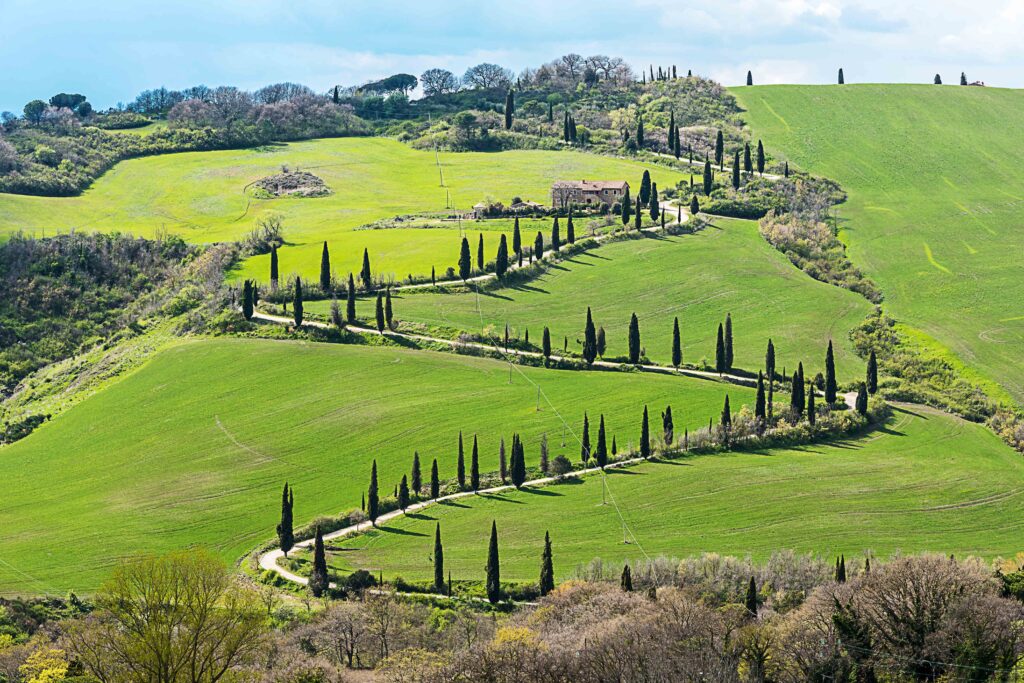
Best Activities in Rome:
Villa Borghese:
As you step into the Villa Borghese gardens, you’re transported to a world of tranquility amidst the urban buzz. Stroll along meandering paths, under the shade of ancient trees, and feel the gentle rustling of leaves in the breeze. The Borghese Gallery itself is a treasure trove of artistic brilliance. Gaze upon Bernini’s intricate sculptures that seem to come alive and Caravaggio’s paintings that play with light and shadow, evoking emotions that resonate through the ages.Palatine Hill:
The Palatine Hill, where Rome’s story began, is a living testament to the empire’s origins. Wander through ancient ruins, envisioning emperors walking the same paths centuries ago. The panoramic vistas from this vantage point allow you to connect the dots of history, tracing the paths of gladiatorial contests in the Roman Forum and chariot races at the Circus Maximus.Galleria Doria Pamphilj:
Step into the lavish world of the Doria Pamphilj family, whose opulent palace now houses a mesmerizing collection of art. It’s not just about admiring masterpieces; it’s about tracing the artistic evolution of the ages. Walk through ornate rooms, where every detail tells a story, and encounter paintings that transport you into the minds of the artists who crafted them
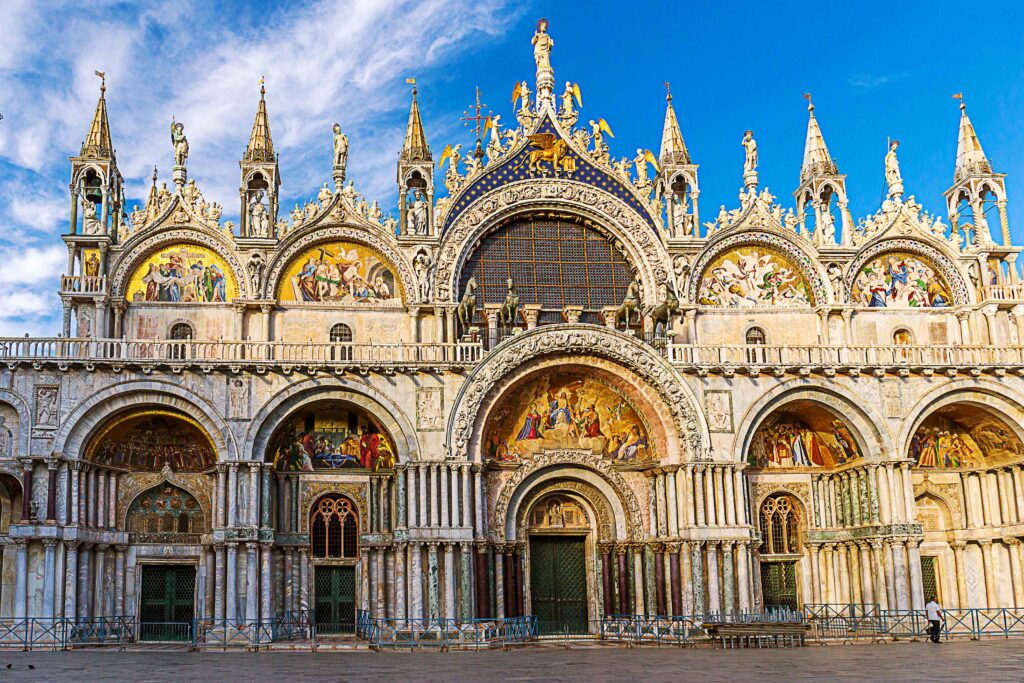
Piazza del Popolo:
The Piazza del Popolo, often called the “People’s Square,” embodies the city’s heart. As you stand at its center, let the three converging roads symbolize the city’s welcoming embrace. Climb the Pincio Terrace to enjoy breathtaking panoramas, where modern life and ancient history merge in a captivating dance.Appian Way:
Embark on a journey back in time along the cobbled path of the Appian Way. Feel the resonance of history underfoot as you pass by ancient tombs, where the echoes of past lives still linger. Venture into catacombs, once secret sanctuaries for early Christians, and marvel at the archaeological marvels that line this iconic route.Piazza Venezia and Altare della Patria:
The Piazza Venezia buzzes with life, a modern contrast to the grandeur of the Altare della Patria. As you ascend the terraces, the statue of Vittorio Emanuele II watches over Rome, embodying Italy’s journey toward unity. The Monument’s colossal presence stirs a sense of awe and reverence, a tribute to the nation’s history.
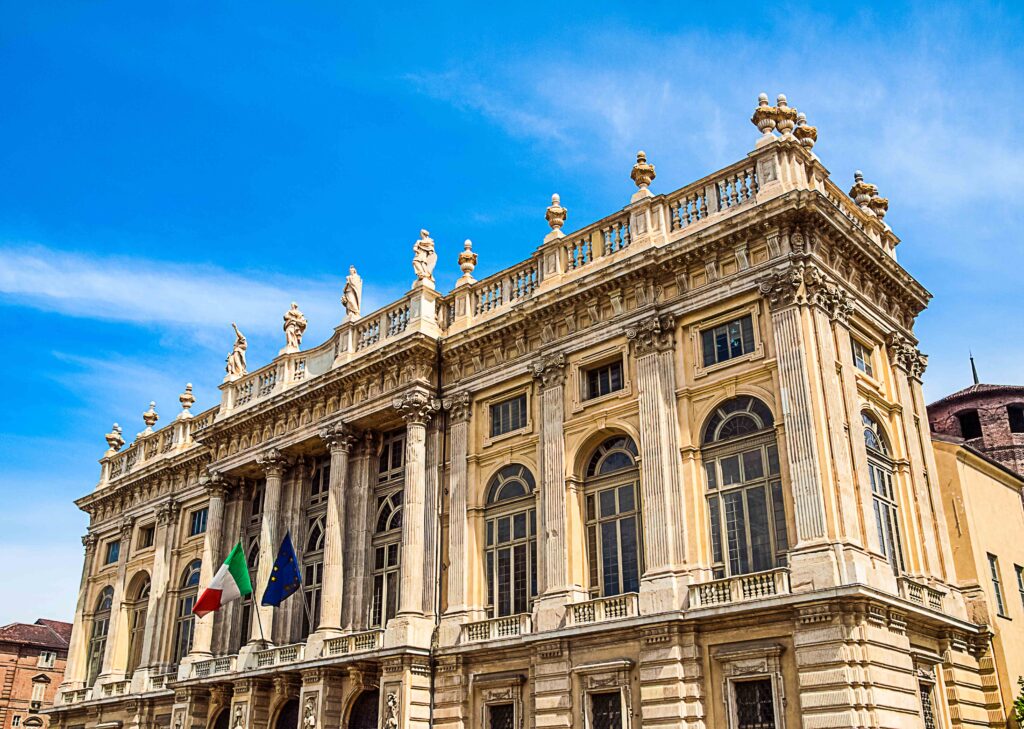
Palazzo Barberini:
Wander through the elegant halls of Palazzo Barberini, where the scent of history mingles with the captivating allure of art. Each room whispers tales of the past, while masterpieces by renowned artists demand your attention. Lose yourself in Raphael’s serene Madonnas, Caravaggio’s dramatic compositions, and Holbein’s meticulous detail, all set against the backdrop of ornate frescoes that add an ethereal touch.Climb the Janiculum Hill:
As you ascend the Janiculum Hill, the city’s pace seems to slow down, allowing you to savor every breathtaking vista. At sunset, the golden glow casts a spell over Rome’s iconic landmarks, turning the Tiber River into a liquid mirror reflecting the city’s timeless beauty. It’s a moment that etches itself into your memory, leaving an indelible mark of Rome’s allure.Mouth of Truth:
A visit to the Mouth of Truth isn’t just a touristy encounter; it’s a playful dance with ancient legend. As you place your hand inside the gaping marble mouth, you can almost hear the whispers of centuries past. It’s a connection to the tales and truths that have woven the intricate tapestry of Rome’s past.
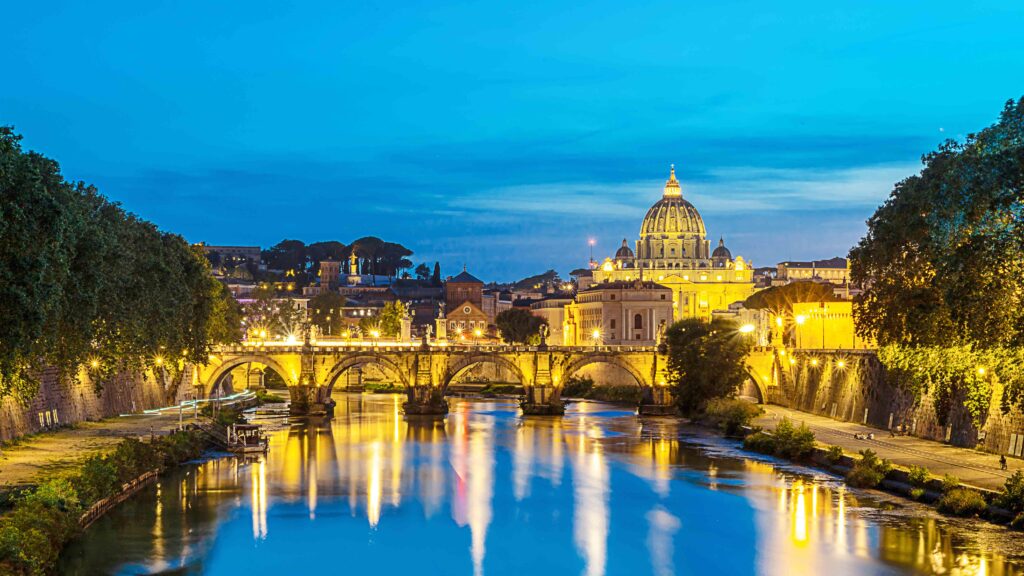
- Ostia Antica: The ancient ruins of Ostia Antica transport you to a bustling port town that once thrived. Walk along its stone streets, stand within the grand theater, and explore the intimate corners of its homes. It’s a journey through time, where the echoes of daily life resonate through crumbling walls, and the stories of merchants, sailors, and families come to life.
Rome’s myriad experiences are an invitation to engage with history, culture, and art in ways that evoke profound emotions. From the serenity of gardens to the grandeur of palaces, each moment in this eternal city adds a new layer to the story, enriching your understanding of a place that has captured the hearts of millions.

